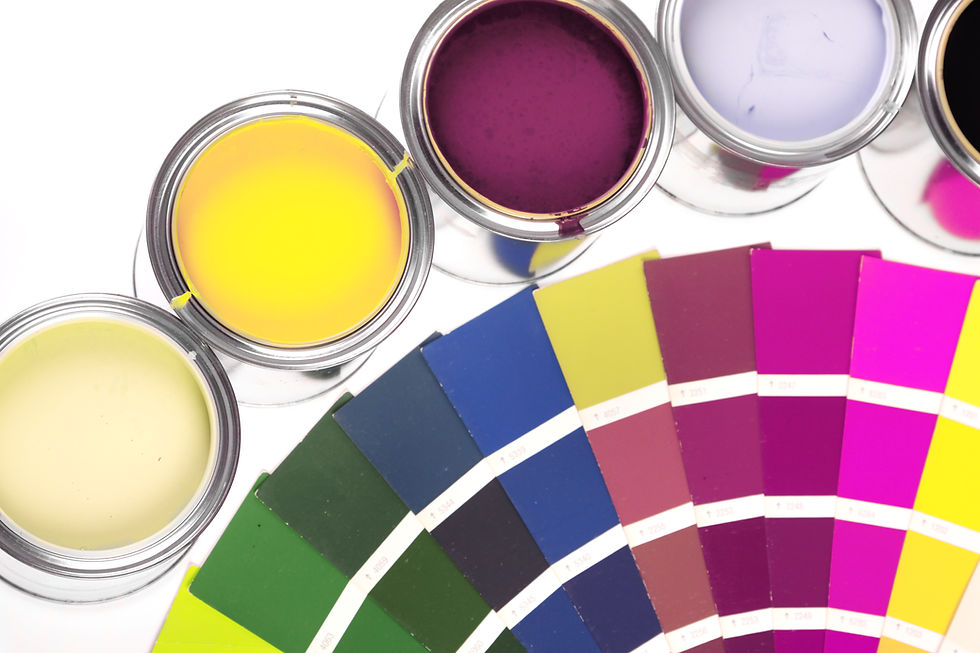 ReceetMe Team
ReceetMe Team
Home isolation is driving DIY success
Last year, we predicted that 2019 was going to be THE year of DIY – and it was. If we could have made one prediction for this year, it would have been about the in-store experience.
But then the world changed.

As crowds in public spaces plummeted and people entered home isolation, they got creative, inventive, and took on new challenges. And last year’s DIY trend took stronger root, making for some interesting Retail insights.
Home improvement sales skyrocket
While many retail sectors are facing tough challenges, others are experiencing record sales.
Home improvement leaders like Lowe’s are seeing their revenues soar as consumers continue to load up on painting, gardening, and landscaping supplies.
E-commerce giant Etsy recorded some its strongest earnings as worldwide lockdowns are driving consumer spending on crafts and personalized pandemic supplies, $346 million in mask sales, for example.
More time spent at home is having a direct impact on craft store giants like Michaels, who are enjoying some of their highest sales this year, thanks to consumers’ growing interest in DIY projects and hobbies. Elisheva Liberman, CEO of top design site My Swanky Home, noted, "We're seeing a significant increase in online home decor sales as consumers look to redesign their spaces to accommodate more time at home".
As the pandemic continues to bring out homebound consumers’ creative side, millions of DIYers are sharing their projects – both big and small – on YouTube, Hometalk, and across multiple social media channels.
And this translates into big opportunities for retailers.
Tap into a $40B market
According to Statista, the global crafts market is valued at over $40 billion, and that number is expected to continue its upward trend for the next few years.
Smaller retailers who are looking for key drivers of growth should consider incorporating a DIY strategy into their sales and marketing efforts. Whether it’s fashion, food and beverage, or construction projects, consumers are hungry for supplies to complete their projects.
Sustainability as a buying decision
Unsurprisingly, sustainability remains a DIY consumer focus.
According to ComfyLiving, “65% of DIYers will pay more to get their hands on sustainably sourced materials” such as those that are energy efficient.
Repurposing old furniture pieces, fabrics, and metals is a DIYer’s dream, and they’re visiting retail shops in droves to grab the tools they need to complete these projects.
Can you meet their demand?
